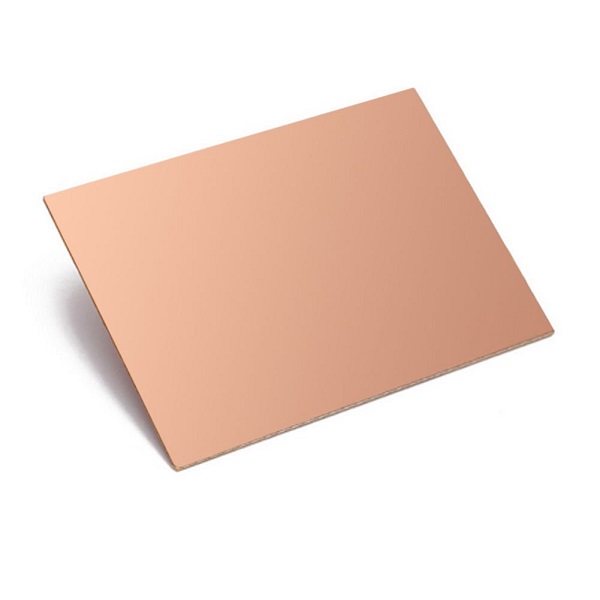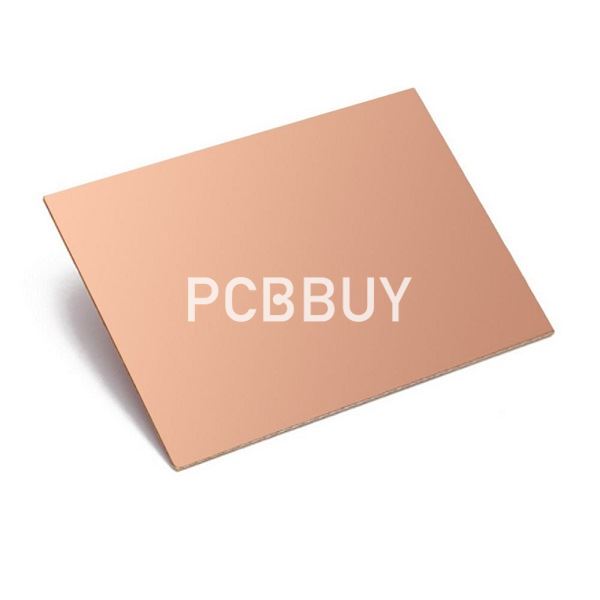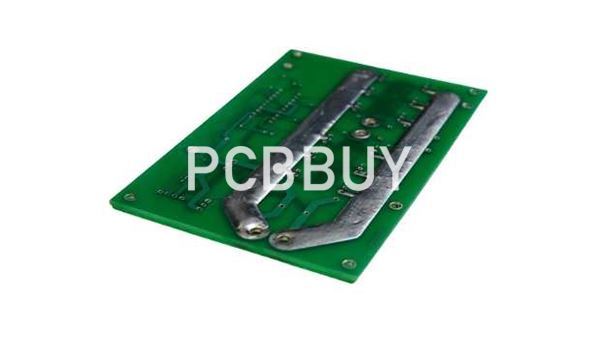What Are the 5 Basic Tips of PCB Copper Balance?
By:PCBBUY 03/18/2022 09:54

The manufacturing of the copper traces of your board, whether on the surface or for internal layers, is done by etching, one of the major PCB manufacturing steps. Layer fabrication begins with a laminate sheet that is completely covered by copper. Etching is the process of removing excess copper from traces and other areas, such as component pads and annular rings for vias, using an ammonia-based solution.
In this passage, we are providing all the basic information about PCB copper balance. If you are searching for more professional knowledge, please check and read the content below for more.

What role does PCB copper balance play in PCB manufacturing?
PCB Fabrication is the process of building a physical PCB from a circuit board design by following the prescribed set of specifications. The understanding of the design specifications is very significant as it affects the PCB’s manufacturability, performance, and production yield rate.
One of the vital design specifications to be followed is the ‘copper balance’ in the PCB Fabrication. The consistent copper coverage in each layer of the PCB stack-up has to be achieved to avoid electrical and mechanical issues that can impede the circuit performance.
Copper balancing is a method of symmetric distribution of copper traces in every layer of the PCB stack-up. This is necessary to avoid concerns of board twists, bow, or warpage. Layout engineers and fabricators insist on the mirrored stack up with the top half layers to be exactly symmetric with the bottom half layers of the PCB.
Copper is an integral part of any PCB design as it has exceptional electrical and thermal characteristics necessary for signal transmission and heat dissipation.
· Copper used as traces transfer heat along with signal across the board. This decreases the damage caused by irregular heating of the board that may lead to internal track breakage.
· Copper used as a heat sink layer for power generating circuits avoids the usage of extra heat sink components and reduces the manufacturing costs to a good extent.
· Copper used as a plating on the PCB increases the conductor and surface pad thickness. Also, a strong inter-layer copper connection is achieved through plated through holes.
In PCB Fabrication, if there is an uneven distribution of copper among the stack-up layers then the following mechanical alignment issues can occur.
· Twists: The vertical displacement of one corner that is not in the same plane as compared to the remaining three corners of the board is known as the twist in the PCB.
· Bow: A spherical or cylindrical curvature of the PCB while the four corners of the board are in the same plane is said to be the Bow issue of the board.
· Warp: Any unintended change in the PCB shape is known as Board Warping in general. The high temperature and pressure of the fabrication process itself can cause warpage which is also known as the “Potato chip” effect in PCB Fabrication. The warped boards can stress the traces or solder joints which might further lead to damaged circuits.
· Bow and Twist issues also depend on the technical characteristics of a PCB like board thickness, type of substrate materials, etc. Thin boards get warped frequently while going through high-temperature fabrication processes. Selecting the right type of material and correct PCB thickness can help in reducing the mechanical issues to a good extent.

PCB Copper balance plays a significant role in PCB fabrication and component assembly. Even distribution of copper in each layer and across the entire stack up is important to avoid issues of the bow, twist, and warping of PCB.
If stack-up is not balanced, along with bow and twist issues there can be variation in the overall PCB thickness. Uneven copper coverage in different layers can lead to mismatched thickness on each side of the board after the lamination process.
How to process PCB copper balance?
Printed circuit boards (PCBs) consist of insulating substrates upon which tiny copper tracks and electrical components are placed. The thickness value of a copper track is often expressed in copper weight. A copper weight of one-quarter oz. corresponds to a thickness of .00036 inch. Modern-day PCBs are often double-sided; when this is the case, similar thicknesses and amounts of copper should be placed on each side. This process is known as copper weight balancing.
Create a new CAD project. Create three CAD layers. By convention, layer 0 is the board outline. Draw the board outline in layer 0.
Draw the copper tracks of the front side of the PCB and place them in CAD layer 1. Calculate the area of copper that is taken up on the front side of the PCB. This can be done by multiplying track width by track length for each track.
Draw the copper tracks on the back side of the PCB and place them in CAD layer 2. To balance the copper, try to keep the track area on the back side similar to the track area on the front side. When sending the CAD design to the manufacturer, specify the same copper weight for both sides of the board.
Industry Category











